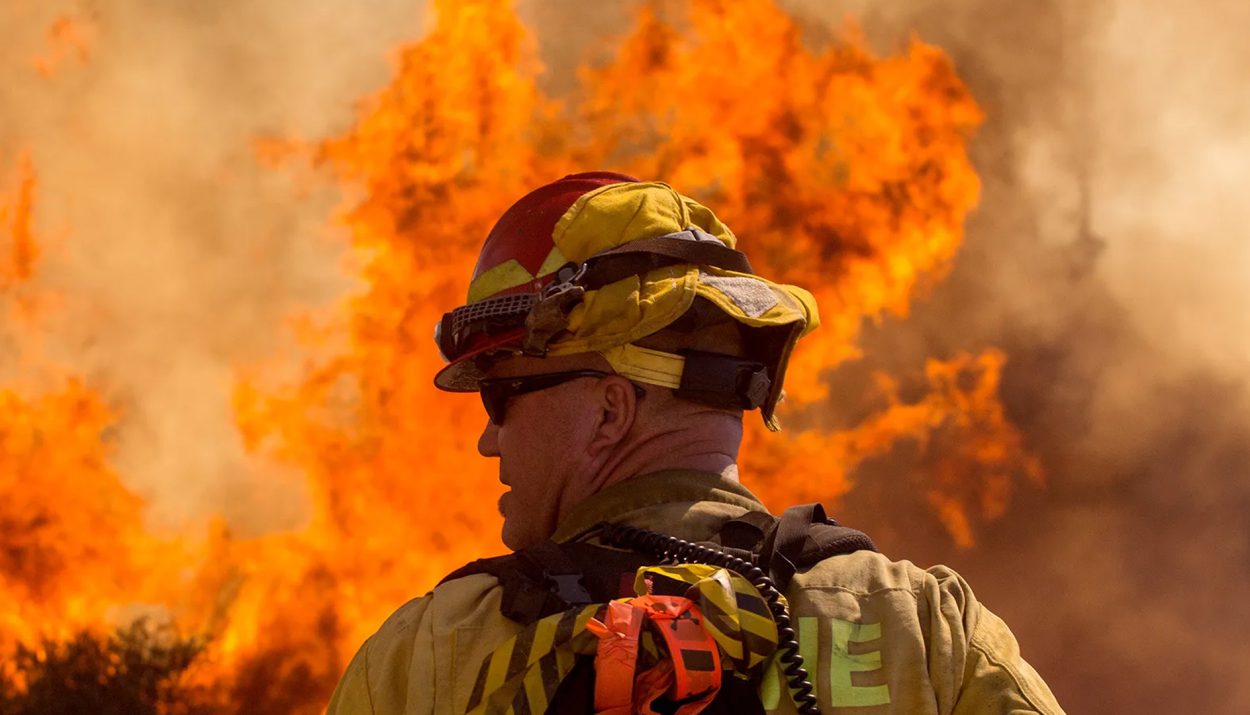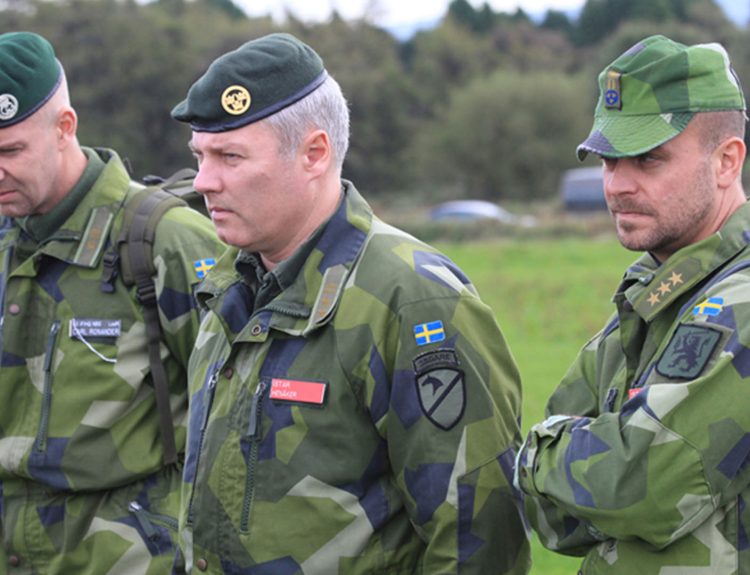In the northern hemisphere, wildfire season typically runs from mid-spring through fall. Even though spring is not even one month old, all signs indicate that the 2024 wildfire season will be an active one.
The first major wildfire of the season is currently raging in Spain, due in part to unseasonably warm weather. This fire is already causing damage and disrupting life near a popular European tourist destination. Is this a sign that the 2024 wildfire season will be a wild one? Let’s see what experts say.
Battling the Blaze Near Spain’s Coast
By mid-April, temperatures in Valencia, Spain, have already spiked above 87 degrees Fahrenheit, significantly hotter than average. A recent agricultural fire quickly spread into a wildfire, thanks to the high heat, dry conditions, and wind.
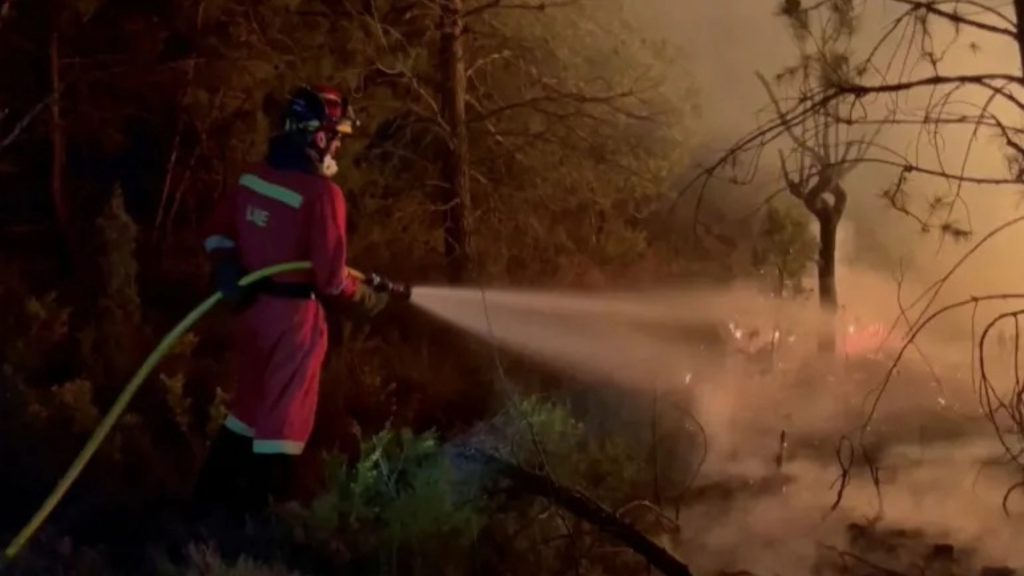
Dubbed the first major wildfire of the 2024 season, it is disrupting tourist activities in the coastal resort area of Benidorm in Valencia. According to Pilar Bernabe, a representative with Spain’s central government, this blaze has already forced about 180 residents to evacuate their homes.
A “Complicated” Fire
According to local news outlets, the wildfire is still active and uncontained. The media has called Monday night a “complicated” time for firefighters working to douse the flames.
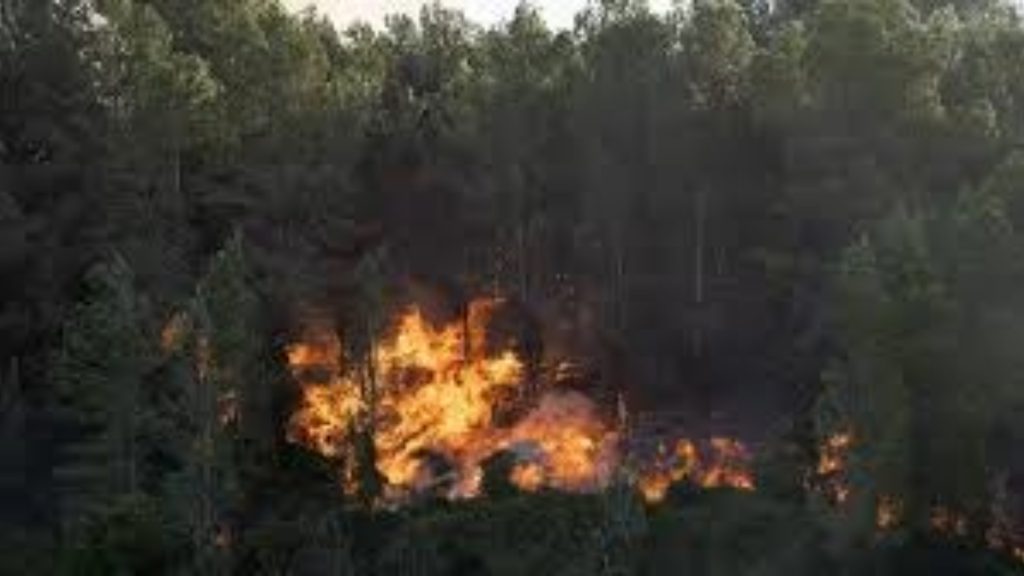
The emergency services in the region are already stretched thin by this blaze. To date, the fire has burned about 1,235 acres of land.
A Harbinger of Things to Come?
Spain’s emergency managers are concerned that this first fire of 2024 is a harbinger of things to come. In Europe, 2023 was one of the worst years for wildfires in a century. Most of the wildfires broke out around the Mediterranean region.
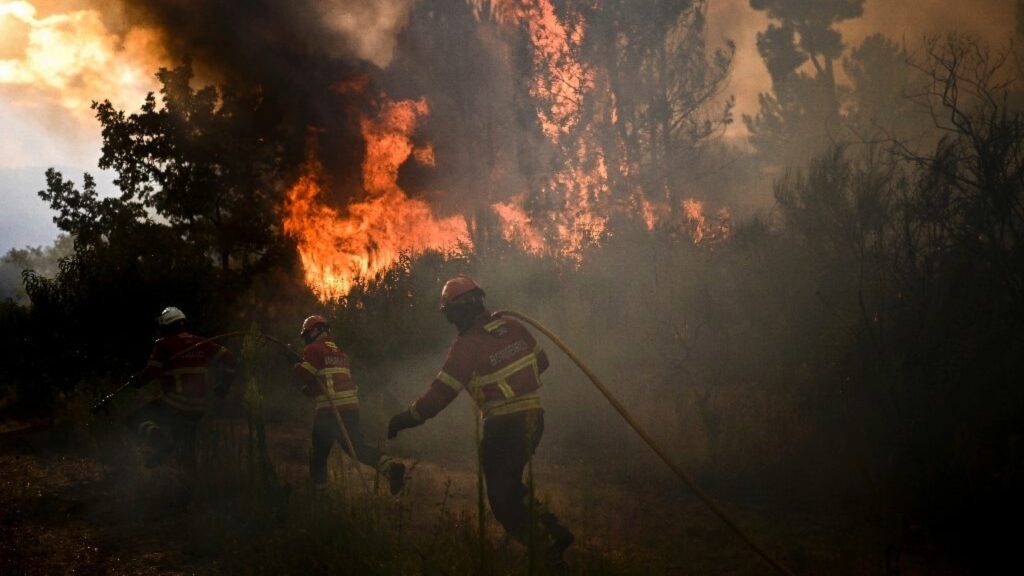
According to a report, “Forest Fires in Europe, Middle East, and North Africa 2023,” compiled by the European Forest Fire Information System, wildfires in Europe in 2023 impacted more than one and a half million acres. There are real fears that this number could increase for the 2024 season. Already, 2024 has seen an increase in the number of wildfires for this point in the season, when compared to last year.
2023 Saw One of Europe’s Worst Wildfires in 40 Years
Fire broke out on August 19, 2023, near Alexandroupoli, Greece, and quickly spread to surrounding areas. The fire was made worse by the extreme temperatures and dry conditions at the time.
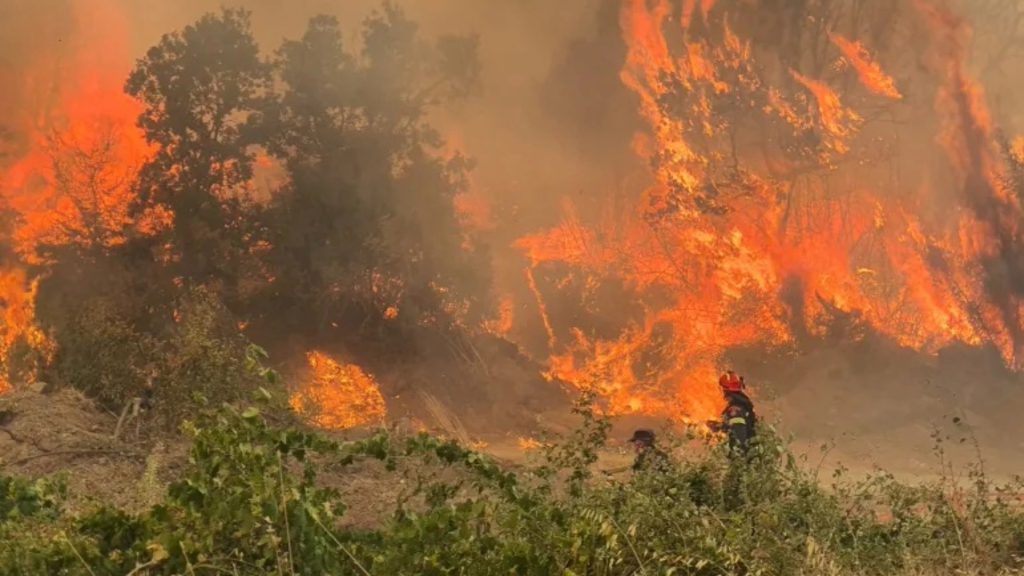
Europe’s single largest wildfire since the 1980s, the fire in Greece killed several people and destroyed more than 237,220 acres.
How Did the Wildfire Season in the United States and Canada Compare?
For both the United States and Canada, the 2023 wildfire season was one for the record books. Moderate-to-severe drought conditions, higher than average temperatures, and careless human activity caused unprecedented fires that made headline news.
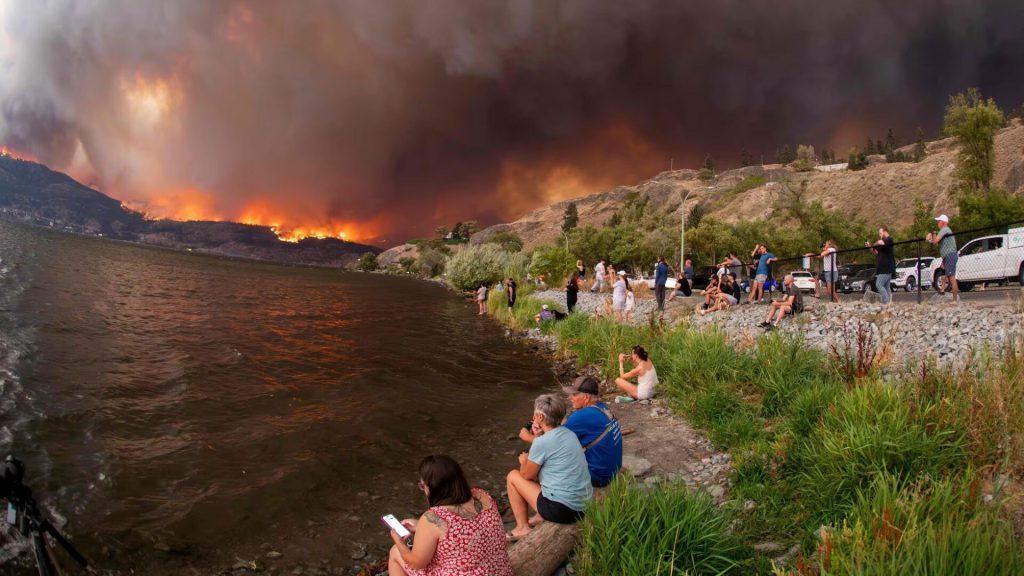
As we will see next, the United States and Canada both experienced devastating wildfires that caused widespread destruction.
The Maui Wildfire
In August 2023, a catastrophic wildfire erupted on the Hawaiian island of Maui. The town of Lahaina, on the northwest coast of the island, was in the path of the fire.

High winds forced people to flee their homes, but in some cases, their escape routes were blocked. When the smoke cleared, 101 people were dead and two were missing, making this event one of the deadliest wildfires in recent history.
Wildfires in Canada Impacted New York City
An uptick in wildfires in Canada started in late March 2023, but intensified in early summer. Although there were wildfires reported in all 13 Canadian provinces and territories, Alberta, British Columbia, Ontario, Quebec, the Northwest Territories, and Nova Scotia were hit the hardest.

Smoke from Canadian wildfires drifted across the border into the United States. New York City reported the worst air quality in the world on June 8, 2023. It was a danger to people with underlying respiratory issues, but the hazy, orange air made the sunsets appear incredibly vibrant.
Unpopular Opinion … Wildfires Can Be a Good Thing
While it is true that wildfires are both deadly and destructive, they are also beneficial and necessary. How can this be? Wildfires are a natural occurrence. Some ecosystems, such as prairie grasslands, have adapted to the point in which they now rely on fire. Environmental managers routinely conduct prescribed burns to keep a prairie healthy and thriving.

Fire clears out the dry, matted undergrowth, nourishes the soil, and kills invasive plants. Some plants, particularly pine species, need the intense heat of wildfires to release their seeds.
Does Climate Change Cause Wildfires?
Whenever a wildfire breaks out, the media is quick to blame global climate change. But does climate change really cause wildfires? While it is true that global temperatures have increased in the last century, those temperatures are not, thankfully, high enough to cause wooded areas to spontaneously combust.
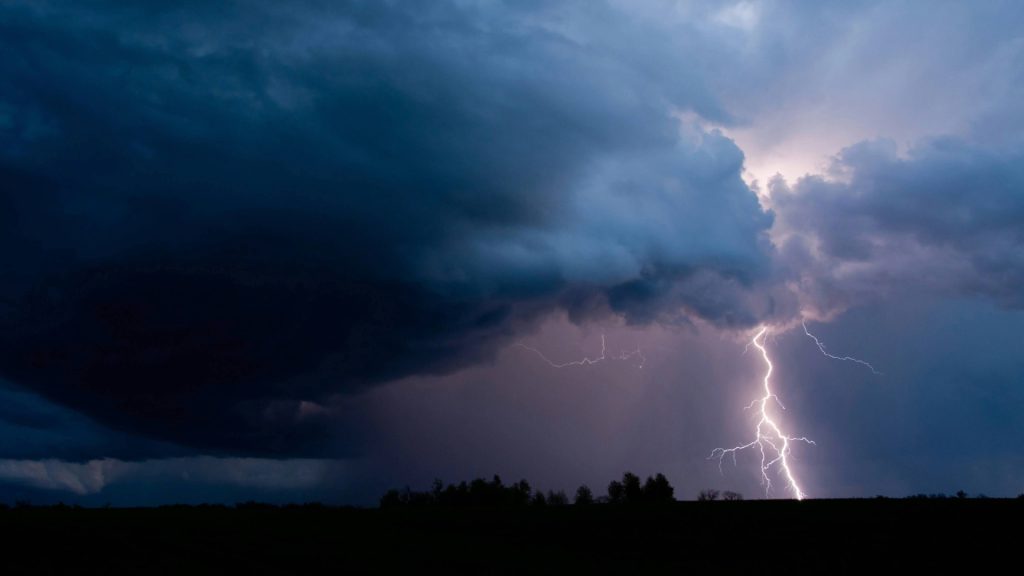
Climate change, however, does play a role. The increased temperatures create dryer, drought-like conditions that exacerbate the risk of fire. Additionally, climate change is related to the increase in thunderstorm activity – so there are more lightning strikes and stronger winds.
“A Key Driver in Increasing Risk”
In a statement issued by NOAA, the National Oceanic and Atmospheric Administration, the experts stated, “Climate change, including increased heat, extended drought, and a thirsty atmosphere, has been a key driver in increasing the risk and extent of wildfires in the western United States during the last two decades.”

It continued, “Wildfires require the alignment of a number of factors, including temperature, humidity, and the lack of moisture in fuels, such as trees, shrubs, grasses, and forest debris. All these factors have strong direct or indirect ties to climate variability and climate change.”
The Leading Causes of Wildfires
Wildfires are caused by both natural and human factors. Lightning is one of the major culprits when it comes to starting wildfires. A lightning strike that hits dry vegetation can ignite a blaze. Volcanic activity can also spark fires.
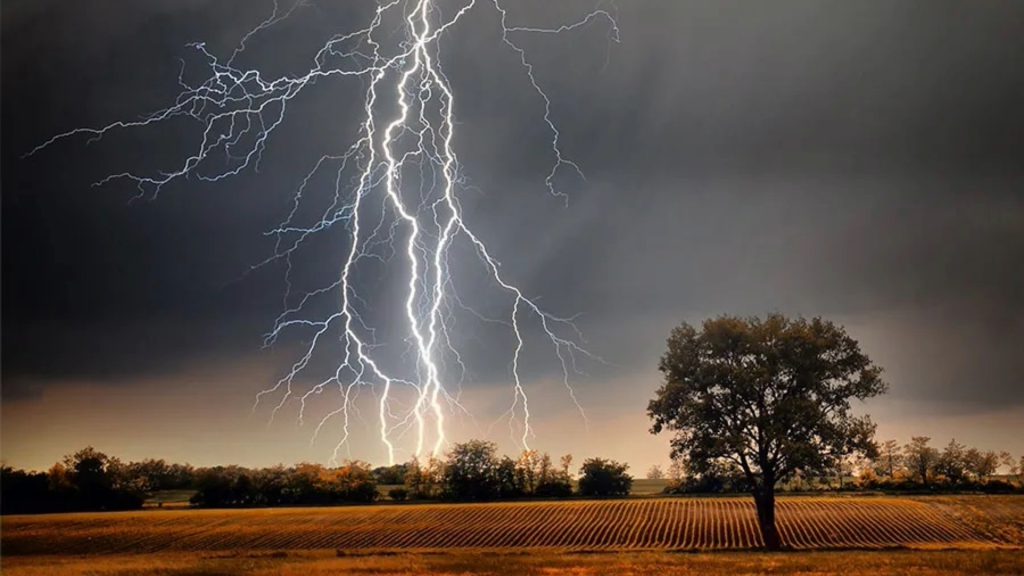
Humans, however, are one of the biggest contributors to wildfires. There have been reported cases of intentionally set wildfires, but most human-related triggers are the result of carelessness. Setting off fireworks, flicking a cigarette butt out the car window, and leaving campfires unattended can lead to devastating consequences.
Fighting the Fire in Spain
Local and regional firefighters in Spain have joined with troops from the Unidad Militar de Emergencieas, Spain’s military emergency unit, to battle the wildfire near Valencia. The UME has supplied eight air units to fight the fire from above.
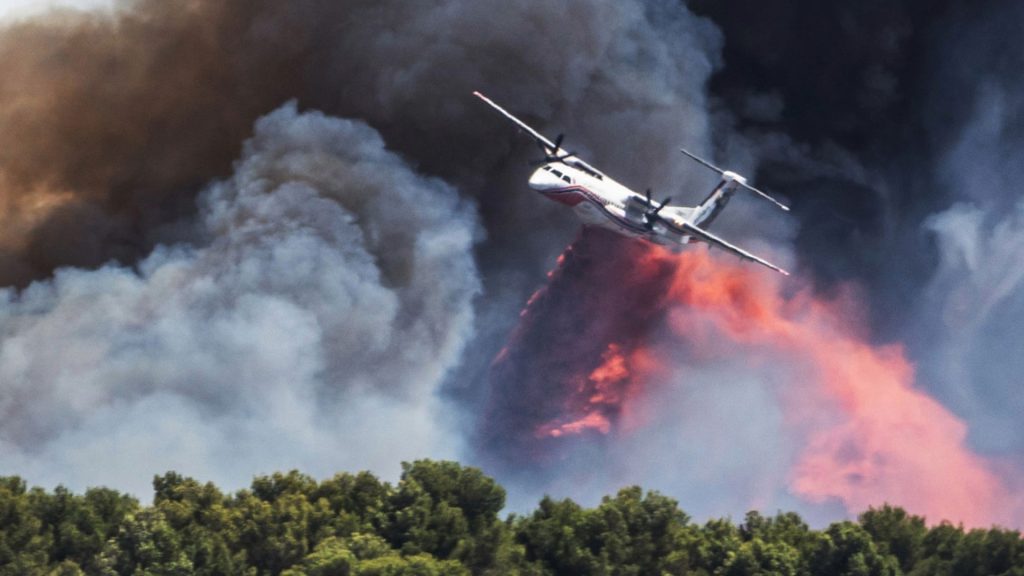
When wildfires grow to megafire levels, firefighters face unique challenges in bringing them under control. It requires a multi-faceted approach with ground crews, aerial firefighting techniques, and intervention techniques.

